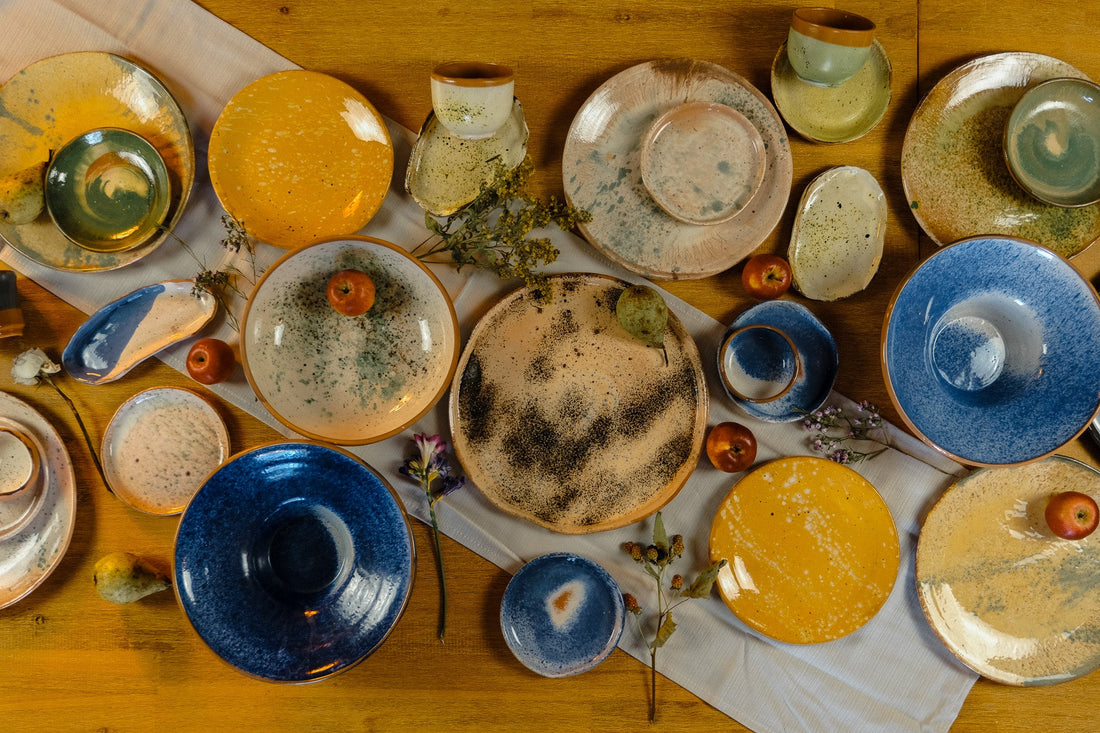
From Earth to Table: The Beauty of Romanian Ceramics
For centuries, clay has been more than earth in Romania — it has been memory, tradition, and a way of life. Nowhere is this more visible than in Horezu, a small town in Vâlcea, where the craft of pottery has been passed down from generation to generation. So unique is this tradition that UNESCO recognized it in 2012 as part of the Intangible Cultural Heritage of Humanity.


What makes this art so special is that no two pieces are ever alike. The movements of the potter’s fingers, the rhythm of the wheel, the combination of colors — all leave a personal mark. Even within the same family of artisans, each member develops their own style, making Horezu pottery a living, breathing expression of identity.
Beyond its beauty, this craft represents resilience. In the village of Olari, entire families have kept alive the same methods their ancestors used centuries ago. The clay is still dug from the earth, cleaned, mixed, and transformed into vessels that are fired in wood-burning kilns. Festivals, workshops, and family traditions ensure that this heritage continues to be passed on, not only as an art form but as a way of life.

Romanian ceramics are not just decorative. They are vessels of memory, connecting the present to the past, and carrying within them the story of a community that has given soul to clay for generations.
